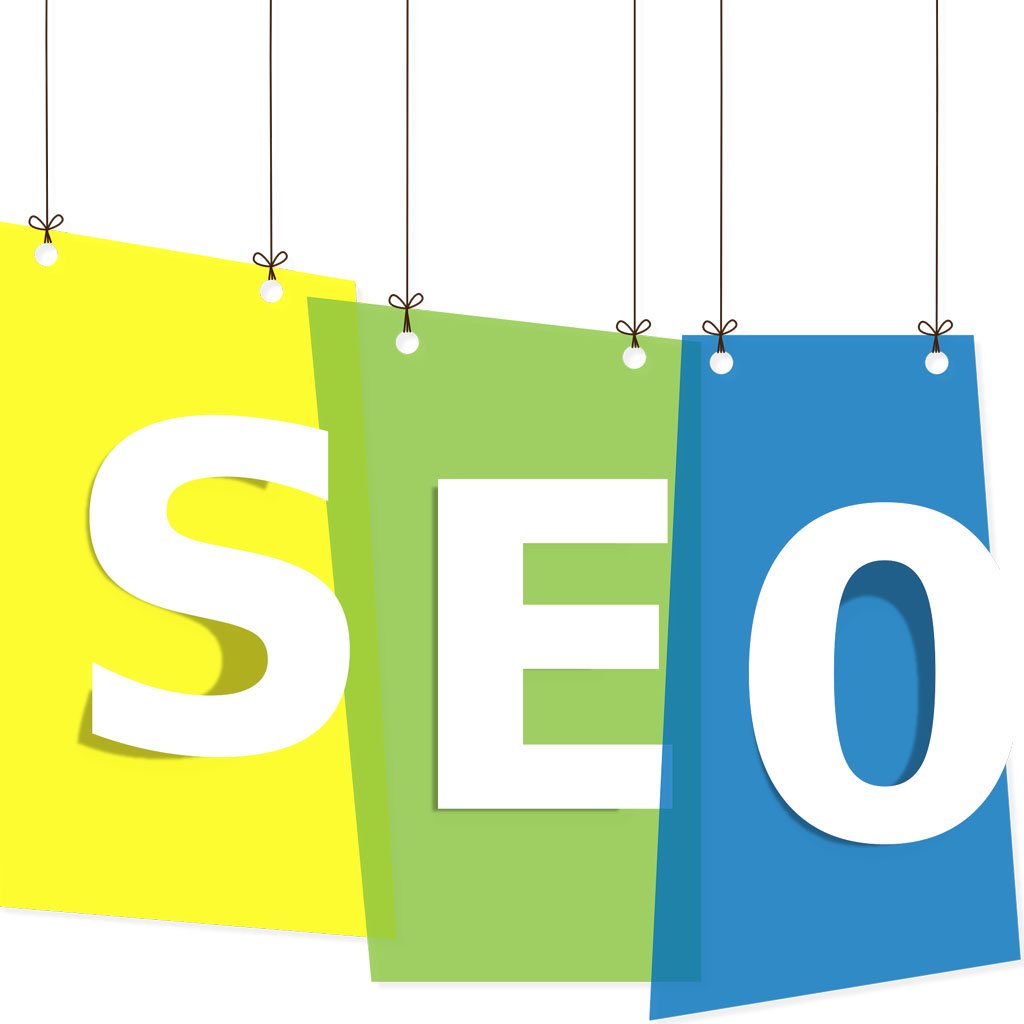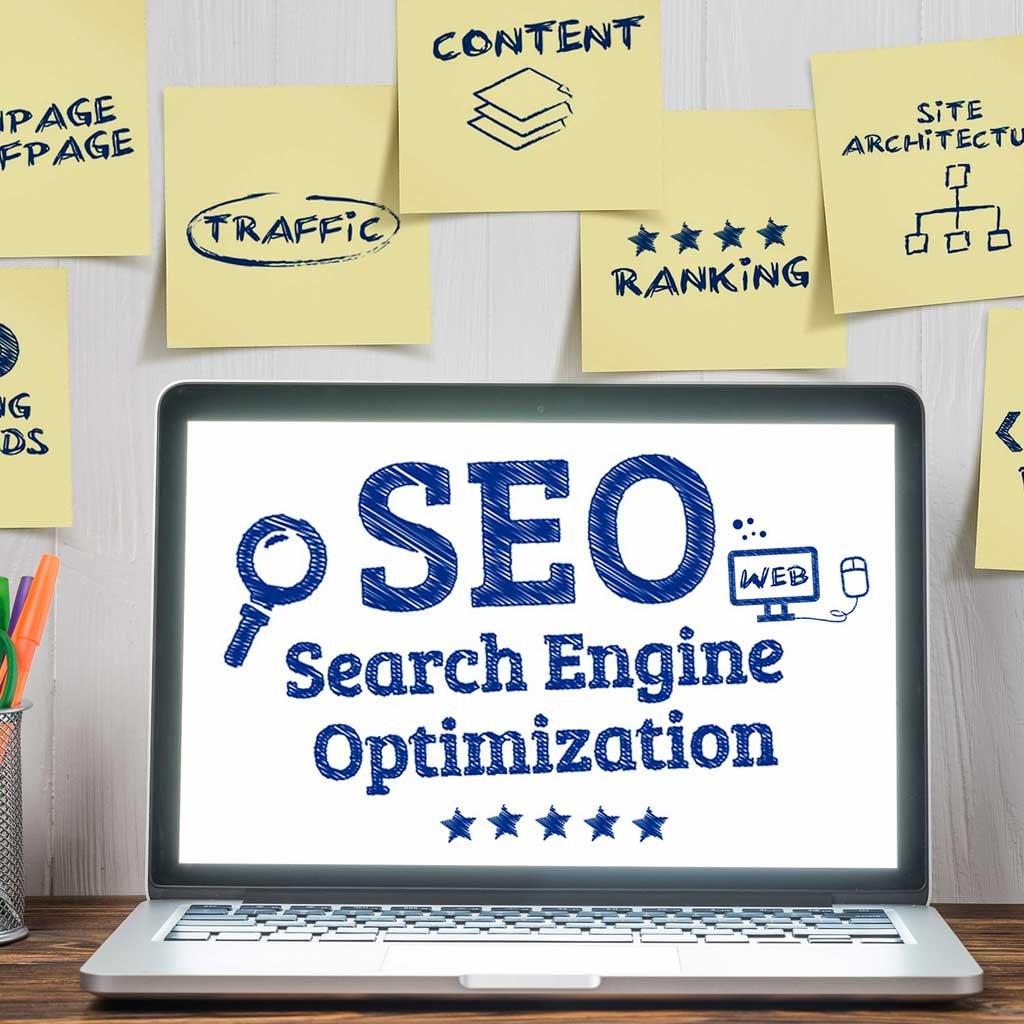
The Comprehensive Guide to Optimizing Images for SEO: Strategies, Techniques, and Best Practices
Last updated: April 01, 2024 | Digital Techtune
Introduction
Images are an integral part of the web experience, enhancing the visual appeal of content and providing valuable context to users. However, they also play a crucial role in search engine optimization (SEO). Optimizing images for SEO involves various strategies and techniques aimed at improving their visibility in search engine results pages (SERPs) and driving organic traffic to your website.
In this comprehensive guide, we’ll delve into the importance of image optimization for SEO, explore various optimization techniques, and provide actionable tips to help you enhance your website’s visibility in search results.
Understanding the Importance of Image Optimization for SEO
Before delving into the specifics of image optimization, it’s essential to understand why it matters for SEO. Here are several reasons why optimizing images is crucial for improving your website’s search engine rankings and visibility:
Enhancing User Experience: High-quality, relevant images can enhance the overall user experience, keeping visitors engaged and encouraging them to spend more time on your website.
Boosting Organic Traffic: Optimized images can appear in Google Images search results, providing an additional opportunity to attract organic traffic to your site.
Improving Accessibility: Properly optimized images with descriptive alt text can improve accessibility for users with visual impairments, helping search engines understand the content of the images.
Potential for Featured Snippets: Well-optimized images have the potential to appear in featured snippets, knowledge panels, and other prominent SERP features, increasing your website’s visibility and credibility.
Faster Page Load Times: Optimized images contribute to faster page load times, which is a crucial ranking factor for search engines and enhances the overall user experience.
Now that we’ve established the importance of image optimization for SEO, let’s explore various techniques and best practices to optimize images effectively.
Optimizing Images for SEO: Techniques and Best Practices
Choose the Right File Format:
When optimizing images for SEO, choosing the right file format is crucial. The most common image file formats used on the web are JPEG, PNG, and GIF. Here’s a brief overview of each format and its recommended use:
- JPEG: Ideal for photographs and images with complex color gradients. JPEG files offer high compression rates without significant loss of quality.
- PNG: Best suited for images with transparency or those requiring high-quality resolution, such as logos and icons. PNG files support lossless compression.
- GIF: Primarily used for animated images or graphics with limited color palettes. GIF files support animation but have limited color depth compared to JPEG and PNG.
Optimize Image Size and Compression:
Large image file sizes can significantly impact page load times, leading to slower site speed and potentially lower search engine rankings. To optimize image size and compression:
- Resize images to the dimensions required on your website using image editing software or online tools.
- Use compression techniques to reduce file size without compromising image quality. Tools like Adobe Photoshop, TinyPNG, and JPEG Optimizer can help compress images effectively.
Use Descriptive Filenames:
When saving images for your website, use descriptive filenames that reflect the content of the image. Avoid generic filenames like “IMG001.jpg” and instead opt for descriptive names that include relevant keywords. For example, instead of “IMG001.jpg,” use “red-apple-on-wood-table.jpg” for an image of a red apple on a wooden table.
Optimize Alt Text:
Alt text, or alternative text, provides a textual description of an image and is displayed when the image fails to load or for users with visual impairments using screen readers. Optimizing alt text is crucial for SEO because search engines rely on it to understand the content of images. Here are some tips for optimizing alt text:
- Be descriptive and concise: Describe the content and context of the image using relevant keywords while keeping the alt text concise.
- Include relevant keywords: Incorporate relevant keywords that align with the image and surrounding content, but avoid keyword stuffing.
- Avoid generic alt text: Avoid using generic alt text like “image” or leaving the alt attribute empty. Provide meaningful descriptions that add value to the user experience.
Implement Image Structured Data:
Structured data, also known as schema markup, provides search engines with additional context about the content of web pages, including images. By implementing image-structured data, you can enhance the visibility of your images in search results and potentially qualify for rich results such as image carousels and rich snippets. Here’s how to implement image-structured data:
- Use appropriate schema markup: Implement schema markup such as ImageObject or Product schema to provide structured data for your images.
- Include relevant properties: Include properties such as name, description, and thumbnail URL in your image structured data to provide search engines with comprehensive information about the images.
Optimize Image Titles and Captions:
In addition to alt text, optimizing image titles and captions can further enhance the context and relevance of images for SEO. When adding titles and captions to images:
- Use descriptive titles: Choose descriptive titles that accurately describe the content of the image and include relevant keywords.
- Provide context with captions: Use captions to provide additional context or information about the image, enhancing its relevance for both users and search engines.
Utilize Image Sitemaps:
An image sitemap is a file that provides search engines with metadata about the images on your website, including image URLs, captions, and other relevant information. By creating and submitting an image sitemap to search engines, you can ensure that your images are crawled and indexed effectively. Here’s how to utilize image sitemaps:
- Generate an image sitemap: Use online tools or plugins to generate an image sitemap for your website, ensuring that it includes relevant metadata for each image.
- Submit the sitemap to search engines: Once you’ve generated the image sitemap, submit it to search engines such as Google Search Console to facilitate the indexing of your images.
Consider Lazy Loading:
Lazy loading is a technique that defers the loading of non-essential content, such as images, until it’s needed. By implementing lazy loading for images, you can improve page load times and overall site performance, which are essential for SEO. Consider implementing lazy loading using JavaScript libraries or content management system (CMS) plugins to optimize image loading on your website.
Optimize Image File Names and URL Structure:
The file name and URL structure of images can also impact their visibility in search results. When naming image files and creating URLs:
- Use descriptive file names: Choose descriptive file names that accurately reflect the content of the image and incorporate relevant keywords.
- Optimize URL structure: Ensure that the URL structure for image files follows best practices for SEO, including using hyphens to separate words and keeping URLs concise and descriptive.
Monitor Image Performance and Iterate:
Finally, it’s essential to monitor the performance of your optimized images regularly and iterate on your optimization strategies as needed. Use tools like Google Search Console and Google Analytics to track metrics such as image impressions, clicks, and rankings. Analyze the data to identify areas for improvement and adjust your image optimization tactics accordingly.
Example Question: How can I optimize images for SEO on my e-commerce website?
Answer:
Optimizing images for SEO on an e-commerce website is crucial for improving visibility in search results, attracting organic traffic, and driving conversions. Here’s a step-by-step guide to optimizing images effectively for an e-commerce site:
Choose the Right File Format:
- Select the appropriate file format based on the type of images you’re using on your e-commerce website. Use JPEG for product photos and PNG for logos and icons.
- Opt for high-quality images with proper resolution to showcase your products effectively.
Optimize Image Size and Compression:
- Resize product images to the dimensions required by your website’s design to ensure consistency and optimal display.
- Use compression techniques to reduce file size without compromising image quality, ensuring fast page load times.
Use Descriptive Filenames:
- Rename product image files with descriptive filenames that include relevant keywords, such as “brand-product-name.jpg” or “product-category-keyword.jpg.”
Optimize Alt Text:
- Write descriptive alt text for product images that accurately describe the product and include relevant keywords. For example, “Red Leather Handbag – Front View.”
Implement Image Structured Data:
- Add structured data markup to product images using schema.org vocabulary to provide search engines with additional context about your products.
- Include properties such as name, description, and SKU (stock keeping unit) to enhance the visibility of your products in search results.
Optimize Image Titles and Captions:
- Create descriptive titles and captions for product images that provide context and additional information about the products.
- Incorporate relevant keywords in image titles and captions to improve their relevance for search engines.
Utilize Image Sitemaps:
- Generate an image sitemap specifically for product images on your e-commerce website, including metadata such as image URLs, captions, and product IDs.
- Submit the image sitemap to Google Search Console to ensure that your product images are crawled and indexed effectively.
Consider Lazy Loading:
- Implement lazy loading for product images to improve page load times and enhance the overall user experience for shoppers browsing your e-commerce site.
- Lazy load images on product category pages and product detail pages to optimize performance without sacrificing visual quality.
Optimize Image File Names and URL Structure:
- Ensure that the file names and URL structure of product images follow best practices for SEO, including using descriptive keywords and separating words with hyphens.
- Create user-friendly URLs that include product names or categories to improve click-through rates from search results.
Monitor Image Performance and Iterate:
- Regularly monitor the performance of product images in search results using Google Search Console and Google Analytics.
- Analyze metrics such as image impressions, clicks, and conversions to identify areas for improvement and refine your image optimization strategies accordingly.
By following these optimization techniques and best practices, you can effectively optimize images for SEO on your e-commerce website, improving visibility, attracting organic traffic, and ultimately driving sales and revenue.
Conclusion
Optimizing images for SEO is a multifaceted process that involves various strategies and techniques aimed at improving visibility, enhancing user experience, and driving organic traffic to your website. By following the comprehensive guide and implementing best practices outlined in this article, you can effectively optimize images for SEO and maximize their impact on your website’s search engine rankings and visibility.
Remember to continuously monitor the performance of your optimized images and iterate on your optimization strategies to stay ahead of the competition and achieve your SEO goals. With a strategic approach to image optimization, you can enhance the overall performance of your website and achieve long-term success in search engine rankings.
